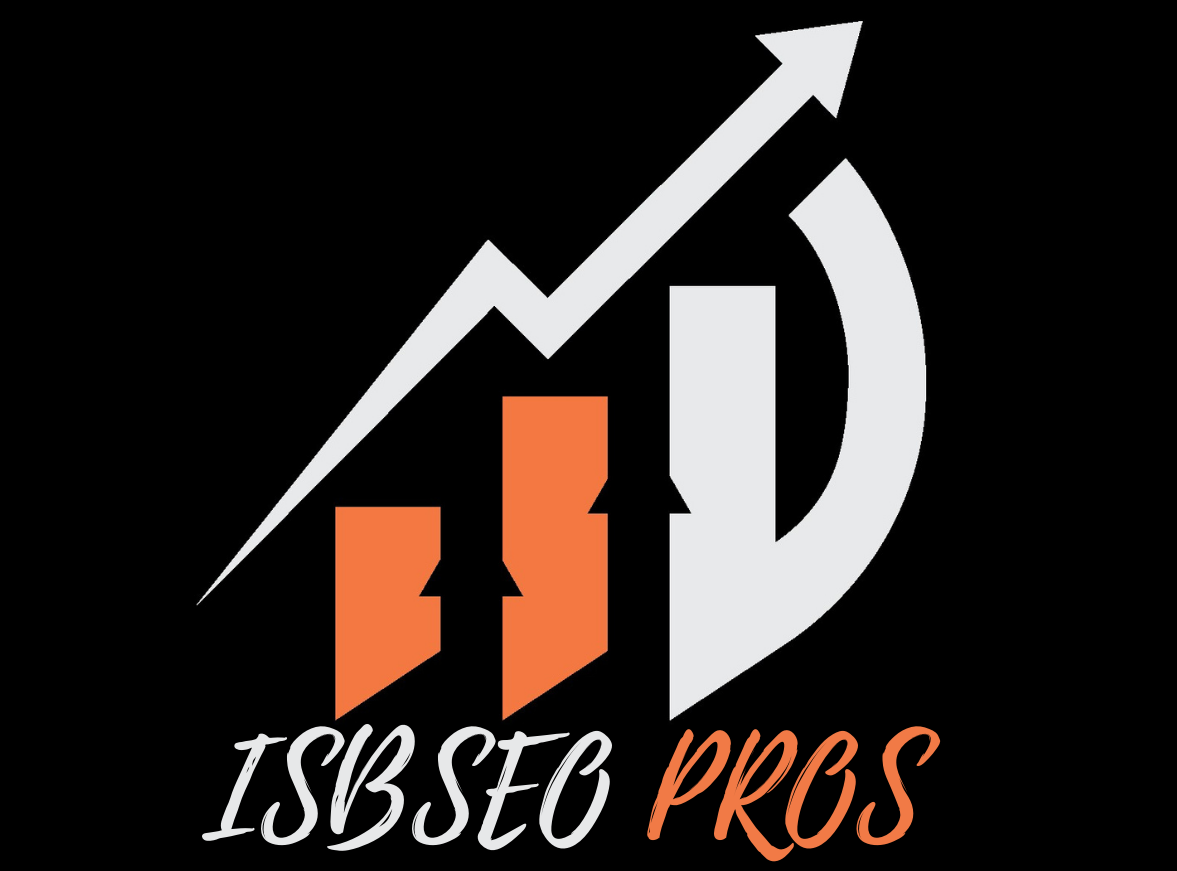Search engine optimization (SEO) is an incredibly important component of content writing. SEO involves optimizing webpages and content in order to rank higher on search engines and drive more visitors to a website. Writing SEO-friendly content can be challenging, but with the right strategies, anyone can create relevant, informative and engaging content that will help their website reach its maximum potential.
Section 1: Keywords
Keywords are words or phrases that describe the main topics of a website or piece of text. They should accurately reflect what the text is about and make it easier for people searching for specific information to find it. Finding the right keywords for SEO can be tricky, but fortunately, there are several tools available to help you out. These tools allow you to research popular search terms related to your topic and see what potential readers might be looking for when they use those terms in their searches. Here is an SEO service to find the best keyword for your website.
Section 2: Quality Content
Creating quality content is a fundamental step in ensuring an effective SEO campaign. Quality content should be not only keyword-rich and optimized for search engine visibility, but also informative and engaging for readers. In this section, we’ll discuss some tips to help you create high-quality SEO content that will boost your website’s rankings and draw more traffic.
The key to creating quality content is research. Before writing, take time to understand the needs of your target audience and the keywords they are likely to use in searches related to the topics you plan to cover. Doing your research upfront can save time later on when it comes time to actually write the article or blog post. Additionally, make sure you use reliable sources of information when gathering data or referencing facts in your article; incorrect information could negatively affect search engine rankings as well as credibility with readers.
Section 3: Content Structure
Content structure is an important aspect of SEO content writing. It ensures that your content is well organized and easy to read, allowing it to capture the attention of readers quickly. Here are some tips to help you in creating a strong content structure for your article:
First, break up your article into sections with meaningful titles. This will help readers quickly find what they are looking for and understand the flow of information much easier. Additionally, use short paragraphs with no more than five sentences each. This makes it easier for readers to digest the information and allows them to focus on one point at a time. Finally, don’t forget to include visuals such as images or videos in your content structure as they can help provide visual cues that make understanding the information even easier.
Section 4: Headings & Subheadings
When it comes to headings, make sure to use relevant keywords that accurately describe the topic you are writing about. This will help search engine crawlers easily identify what your page is about as well as boost its relevance in search engine result pages (SERPs). It is also important to keep in mind that headings should be descriptive yet concise so that readers can quickly grasp the main points of your article.
Subheadings should also contain relevant keywords but should be more specific than the heading. Subheadings should break down the main idea or points into smaller chunks and make it easier for readers to understand complex topics quickly and effortlessly.
Section 5: Alt Tags & Internal Links
When it comes to SEO content writing, understanding the relevance of alt tags and internal links is essential. Alt tags are text associated with an image that allows search engines to index the image properly and make them viewable in image searches. Internal linking is an essential part of website optimization; when used correctly, it can help direct visitors from one page of your website to another.
In this section, we’ll discuss how alt tags and internal links affect SEO content writing and how you can use them effectively on your website. We’ll start by looking at what an alt tag is and why they’re important for SEO purposes before moving on to how you can use internal links in your content strategy. Finally, we’ll cover some best practices for using both alt tags and internal links in a way that helps optimize your content for search engine rankings.
Conclusion
As search engine optimization (SEO) continues to be a powerful tool to drive traffic and build brand recognition, it is essential for businesses to maximize the benefits of SEO content writing. Crafting high-quality content that contains relevant keywords can boost your website’s visibility and rank on search engines. To fully capitalize on the potential offered by SEO, here are some strategies to keep in mind when crafting your content.
First, focus on creating quality content that is helpful and valuable for readers. Quality is more important than quantity when crafting SEO material; thus, strive for concise pieces with accurate information. Additionally, pay attention to keyword placement within your text; use target keywords throughout headings, subheadings and body paragraphs without overstuffing them into the text as this will have an adverse impact on your rankings.

